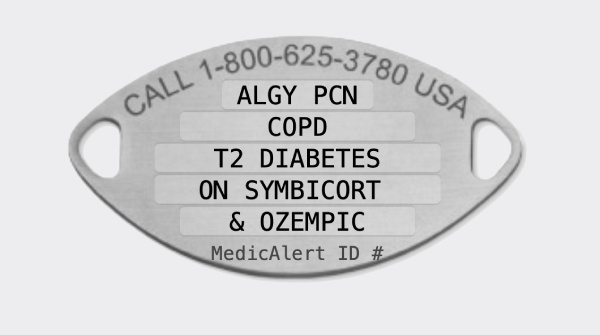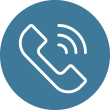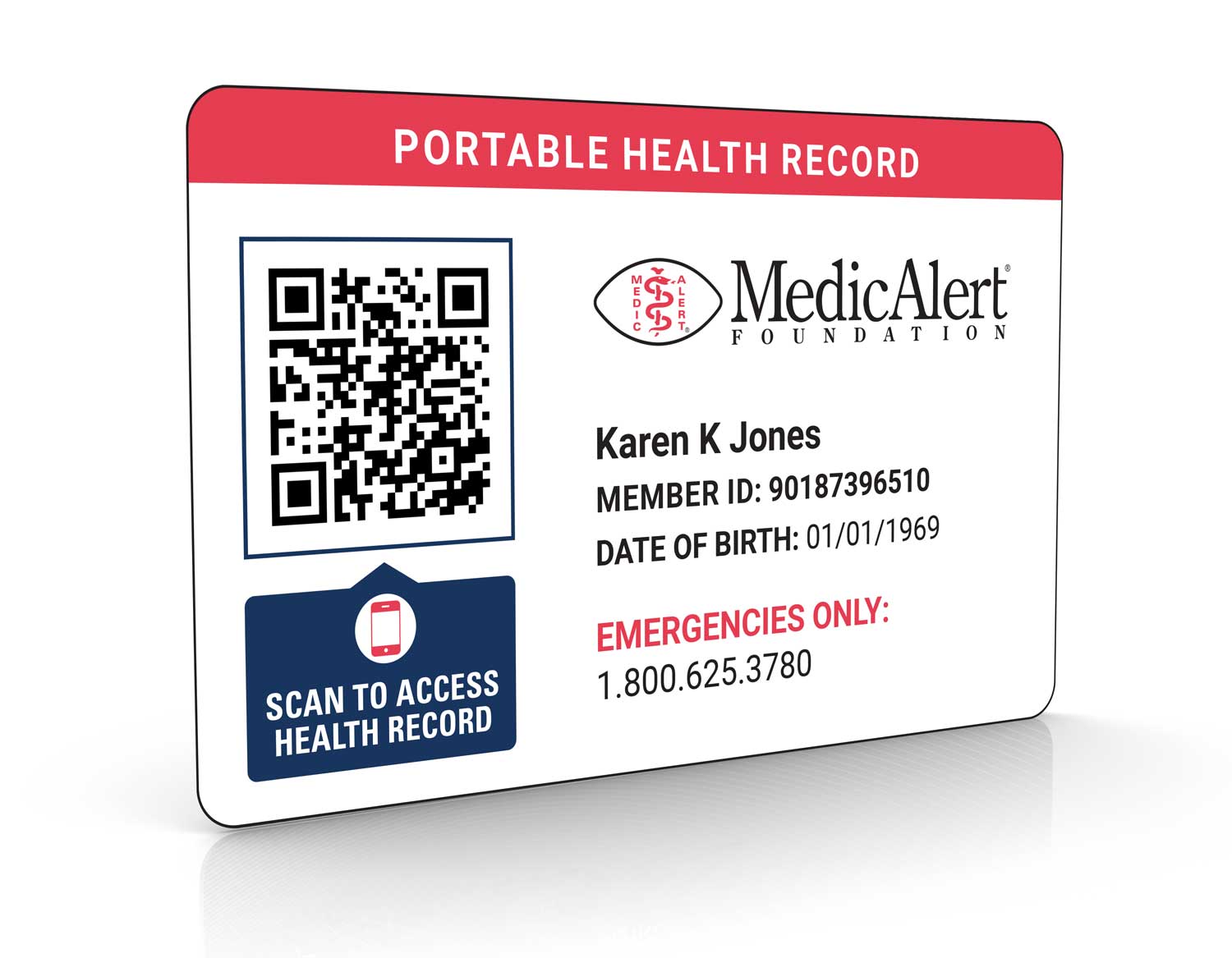What to engrave on MedicAlert medical IDs for COPD:
MedicAlert offers free custom engraving on all our COPD bracelets and other medical ID products. The engraving on medical IDs for COPD should include any critical medical information that can protect and save your life if you are in an accident or have a medical emergency, including:
- Allergies
- COPD
- Other medical conditions
- Medications
- Any additional medical information that needs to be communicated to first responders

Sample engraving. Consult our team if you need help engraving your medical ID for COPD.












